Adventure Activism, Charitable Giving, Environmental Protection, Kids in Nature, Outdoor Recreation, philanthropy / 01.07.2011
L.L. Bean Outdoor Heroes – The Joy Trip Project
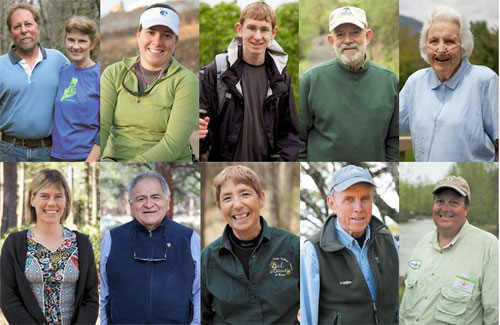 Ten outdoor activists are vying for a cash prize to support their unique causes. Product manufacturer L.L. Bean is looking to you to cast your vote to select the fourth annual Outdoor Heroes Award. If you’re looking for a way to help make a difference in the world here’s something quick and simple you can do right now to lend a hand to at least one individual who’s working to make life on the planet a little better for all of us. It just takes a few minutes to make a selection and cast your vote!
Ten outdoor activists are vying for a cash prize to support their unique causes. Product manufacturer L.L. Bean is looking to you to cast your vote to select the fourth annual Outdoor Heroes Award. If you’re looking for a way to help make a difference in the world here’s something quick and simple you can do right now to lend a hand to at least one individual who’s working to make life on the planet a little better for all of us. It just takes a few minutes to make a selection and cast your vote!



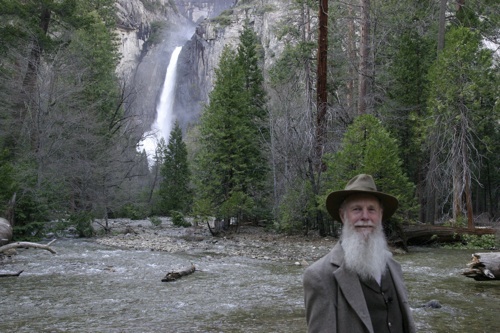
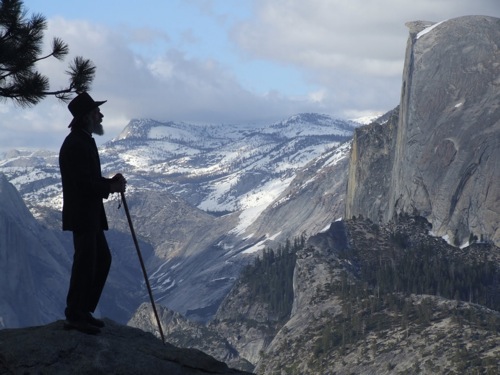 The idea of wilderness conservation would seem to be a foregone conclusion. But at the turn of the last century private interests of corporate greed may well have developed the wild and scenic places we enjoy today well out of existence. Prized then for their vast resources of timber, fresh water and minerals these lands are valued now more for their intrinsic beauty and awe-inspiring tranquility. Had it not been for the passionate and articulate voice of a Scottish-American from Wisconsin our system of National Parks and Conservation Areas may have never been established.
The idea of wilderness conservation would seem to be a foregone conclusion. But at the turn of the last century private interests of corporate greed may well have developed the wild and scenic places we enjoy today well out of existence. Prized then for their vast resources of timber, fresh water and minerals these lands are valued now more for their intrinsic beauty and awe-inspiring tranquility. Had it not been for the passionate and articulate voice of a Scottish-American from Wisconsin our system of National Parks and Conservation Areas may have never been established.
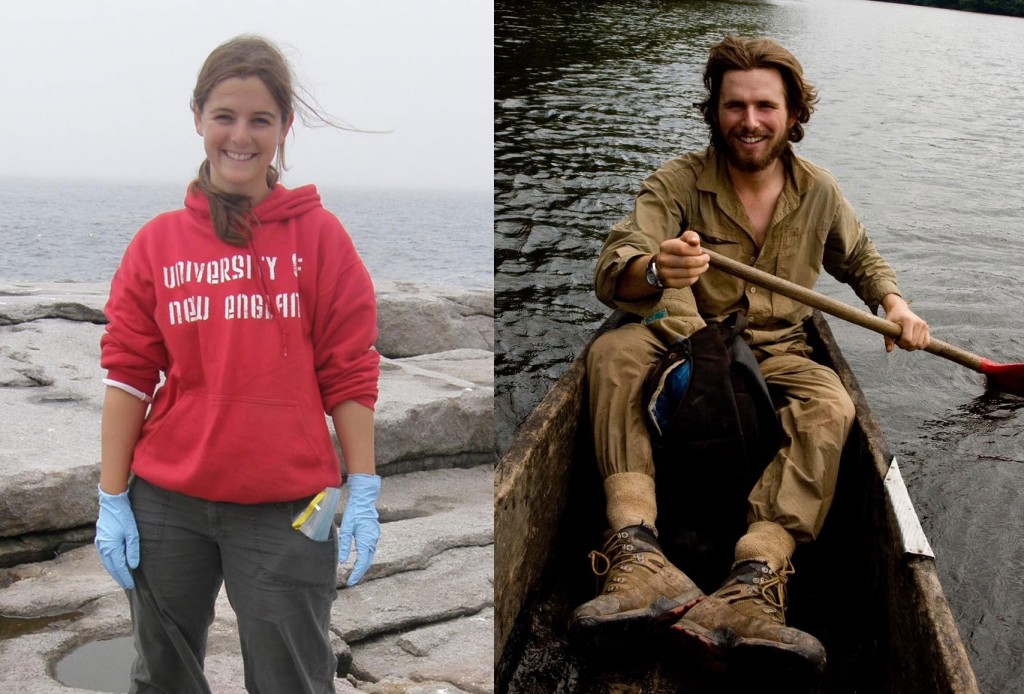
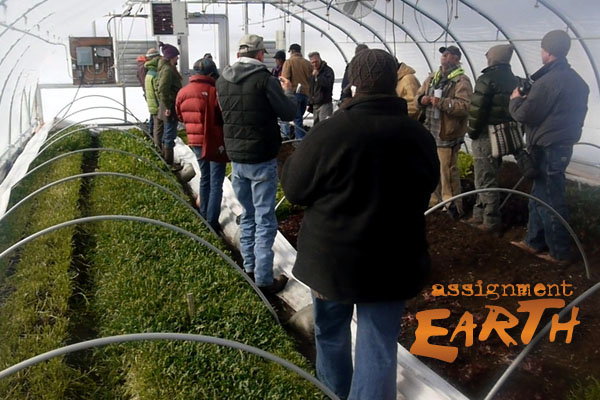 Making the growing season grow longer, that’s the idea for Daphne Yannakakis, an organic farmer in western Colorado. Along with husband Don Lareau on
Making the growing season grow longer, that’s the idea for Daphne Yannakakis, an organic farmer in western Colorado. Along with husband Don Lareau on 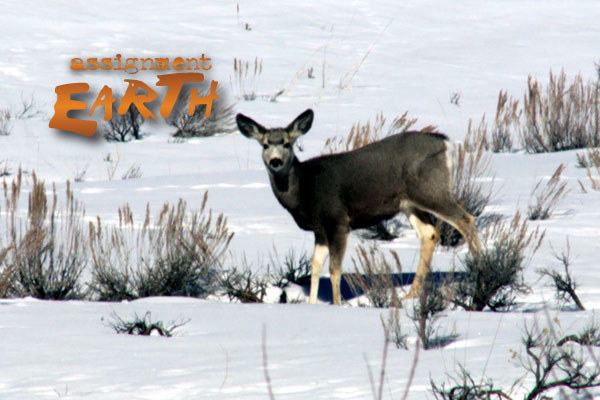 Collisions with automobiles make it pretty clear where
Collisions with automobiles make it pretty clear where
You must be logged in to post a comment.